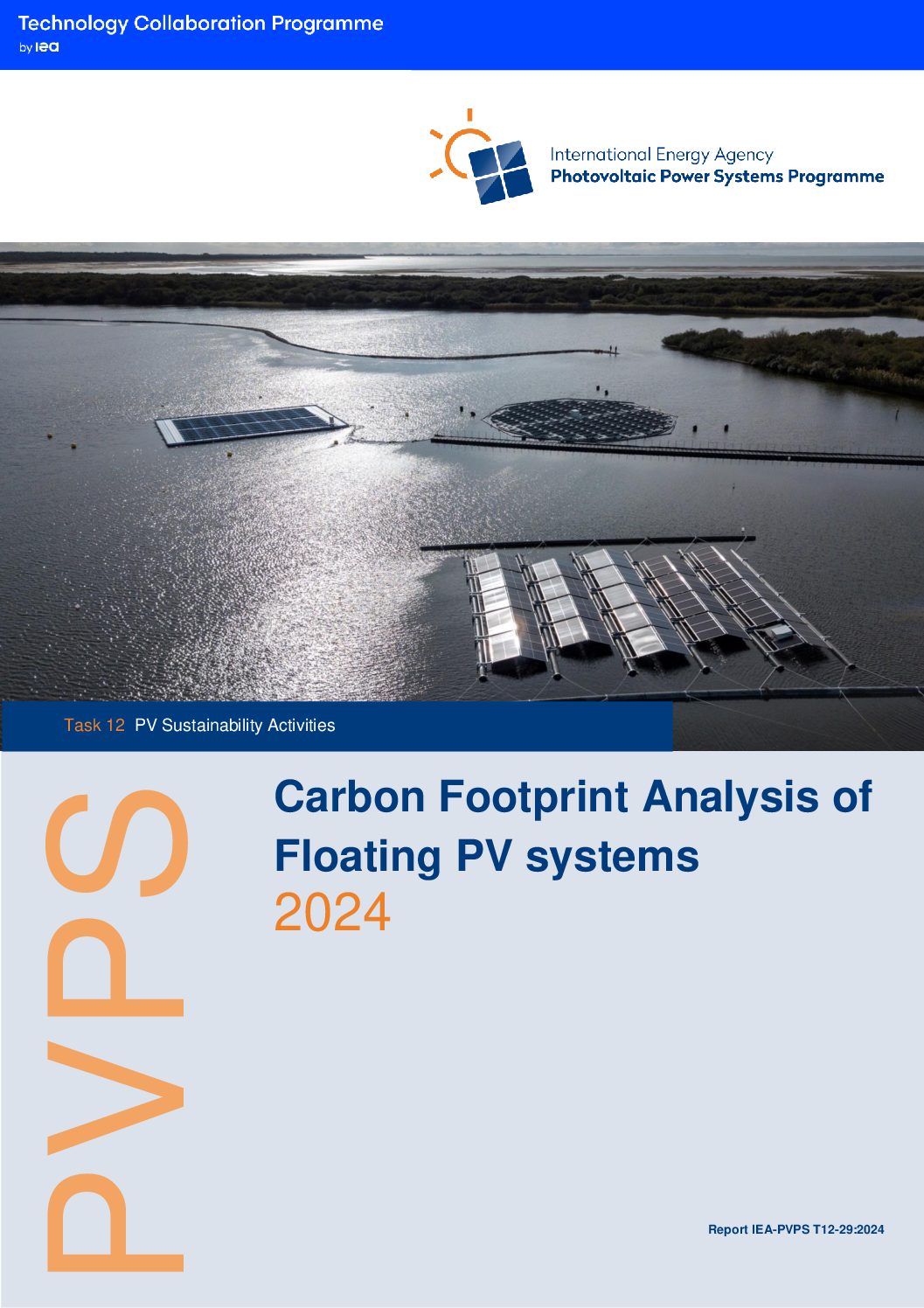This report, conducted by the Dutch research organization TNO, presents the first detailed life cycle inventory (LCI) analysis of operational floating photovoltaic (FPV) systems. The study, focusing on two operational systems in Western Europe, reveals that FPV systems on small inland water bodies can be a valuable complement to ground-mounted PV systems in terms of greenhouse gas emissions reduction. If PV module degradation is limited, these systems’ carbon footprint is 3-4 times lower than the EU grid mix target for 2030.
The report compares two FPV systems with different floater compositions (HDPE and steel/HDPE) to hypothetical ground-mounted systems, using comprehensive background data. The findings highlight the necessity for long-term monitoring and thorough environmental assessments. Josco Kester, a scientist at TNO, underscores the potential environmental benefits of these systems, which could enhance the adoption of renewable energy technologies.
